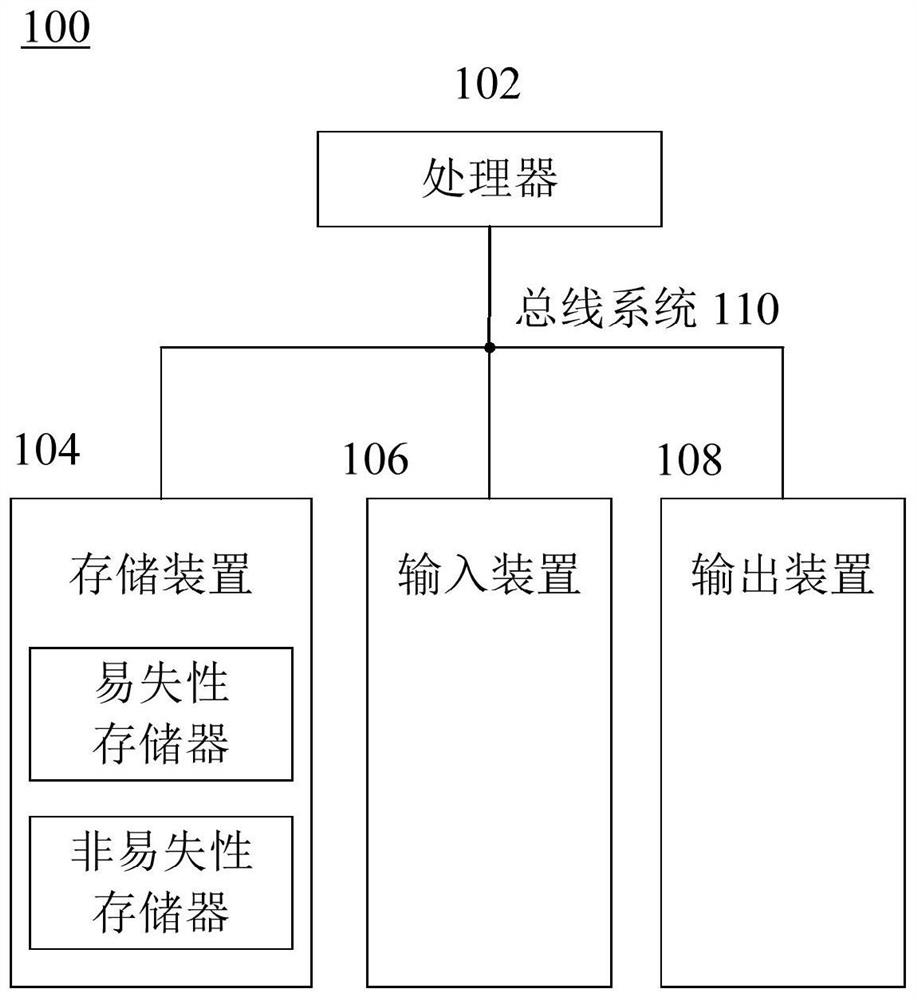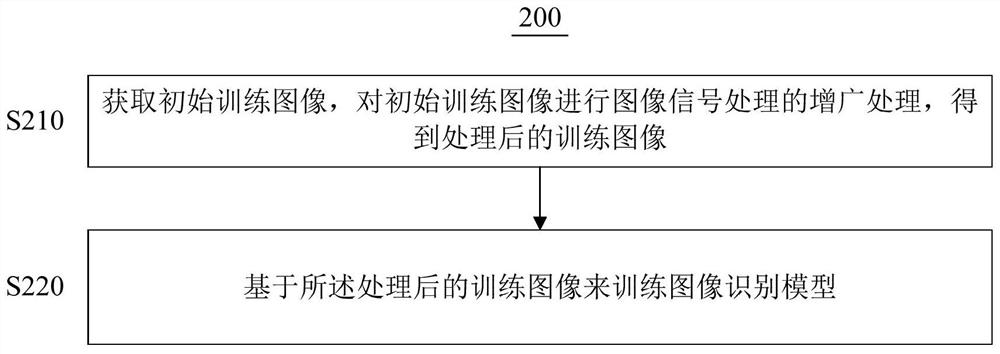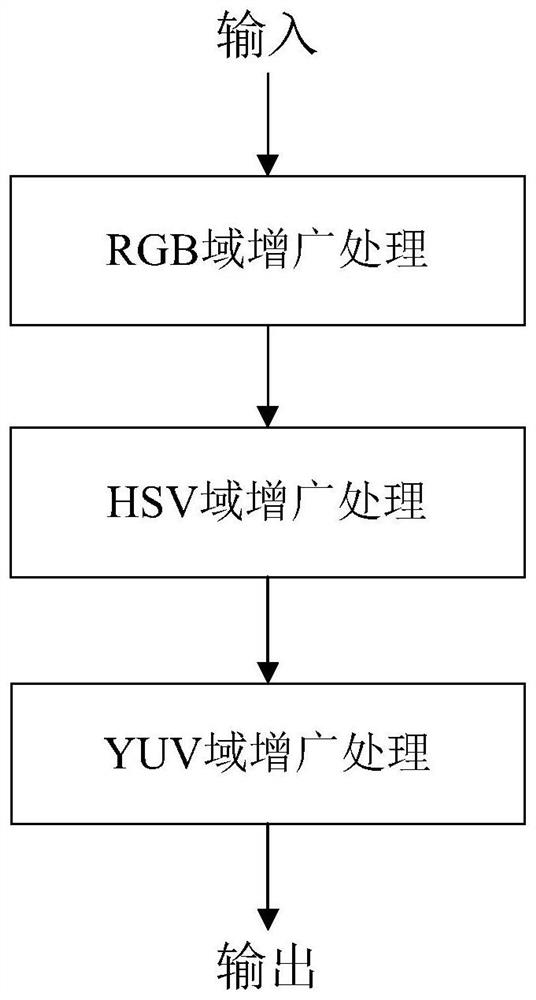Method for training image recognition model, image recognition method and image recognition equipment
A training image and image recognition technology, applied in the field of image recognition, can solve problems such as unguaranteed quality and poor performance, and achieve good performance and enhanced generalization
- Summary
- Abstract
- Description
- Claims
- Application Information
AI Technical Summary
Problems solved by technology
Method used
Image
Examples
Embodiment Construction
[0026] In order to make the objects, technical solutions, and advantages of the present application more apparent, exemplary embodiments according to the present application will be described in detail below with reference to the accompanying drawings. Apparently, the described embodiments are only some of the embodiments of the present application, rather than all the embodiments of the present application. It should be understood that the present application is not limited by the exemplary embodiments described here. Based on the embodiments of the present application described in the present application, all other embodiments obtained by those skilled in the art without creative efforts shall fall within the protection scope of the present application.
[0027] In recent years, artificial intelligence-based computer vision, deep learning, machine learning, image processing, image recognition and other technologies have made important progress. Artificial Intelligence (AI) i...
PUM
 Login to View More
Login to View More Abstract
Description
Claims
Application Information
 Login to View More
Login to View More - R&D
- Intellectual Property
- Life Sciences
- Materials
- Tech Scout
- Unparalleled Data Quality
- Higher Quality Content
- 60% Fewer Hallucinations
Browse by: Latest US Patents, China's latest patents, Technical Efficacy Thesaurus, Application Domain, Technology Topic, Popular Technical Reports.
© 2025 PatSnap. All rights reserved.Legal|Privacy policy|Modern Slavery Act Transparency Statement|Sitemap|About US| Contact US: help@patsnap.com



